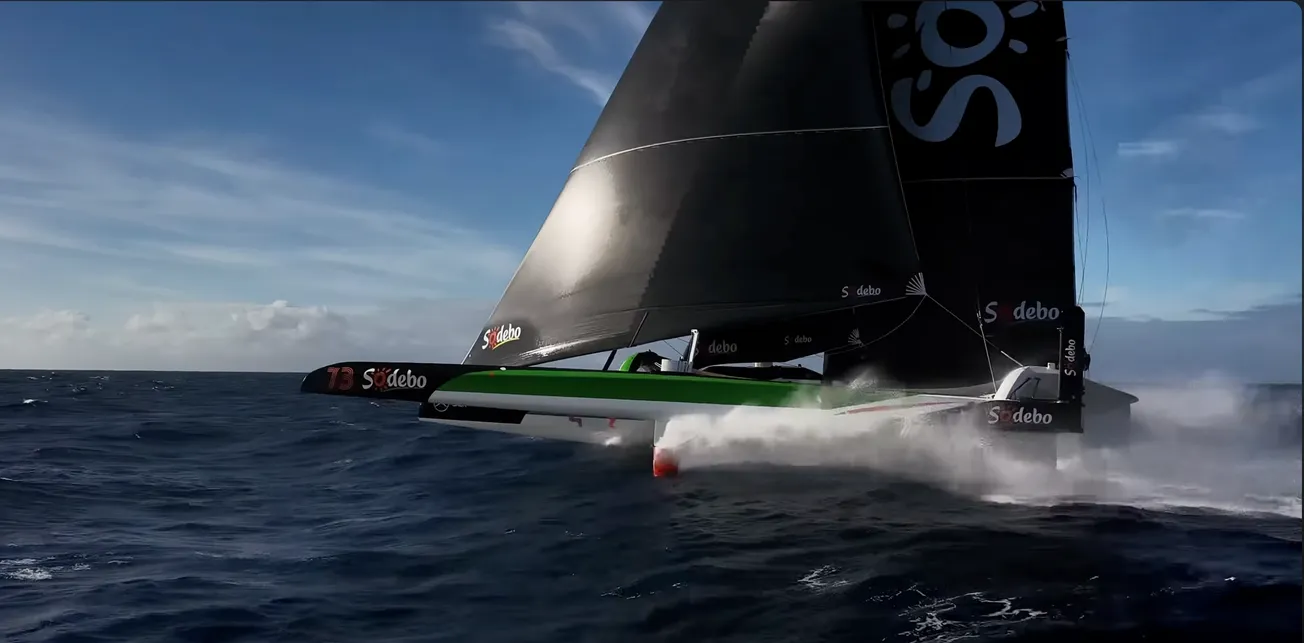SailGP 2025: A Two-Tier Fleet After First Five Events
We are five events deep into the 2025 SailGP season and the fleet has split into two tiers. In the top group six teams are all jostling for the podium places with just an 11-point gap separating them. Below that, though, there’s a gaping 10-point gulf down to the second tier.
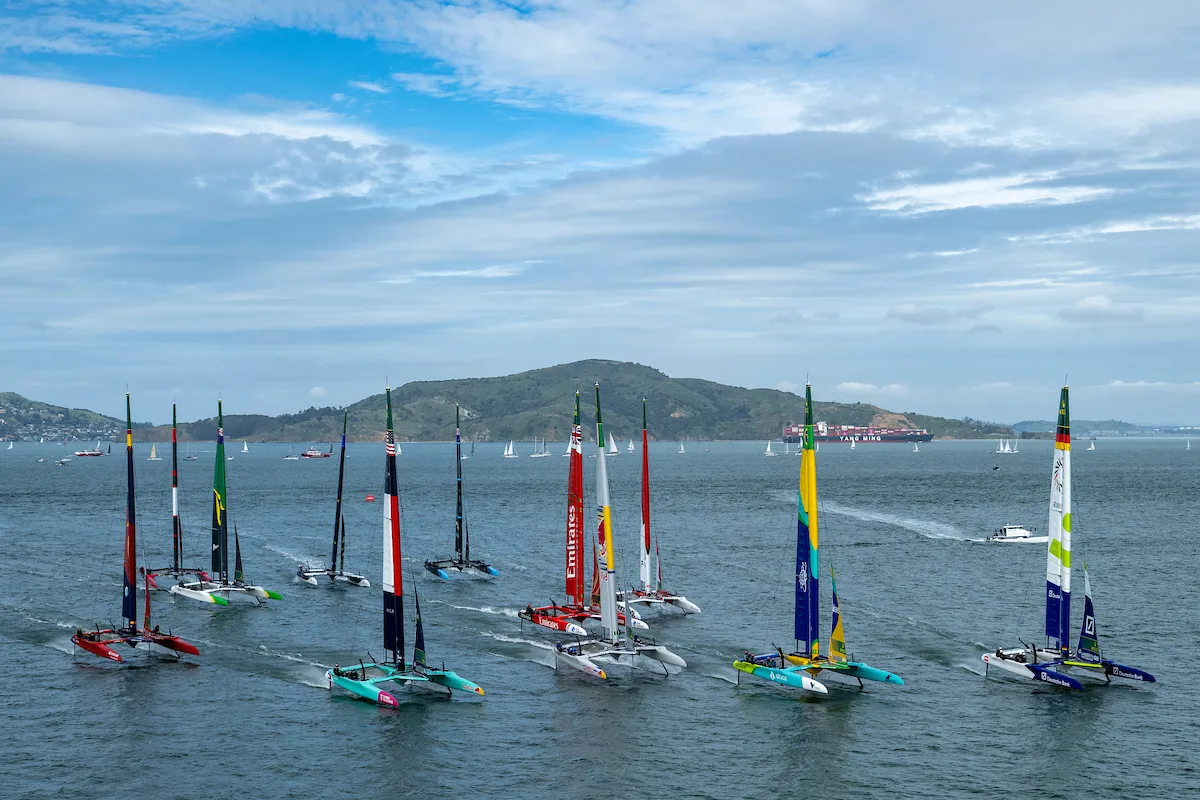
Latest
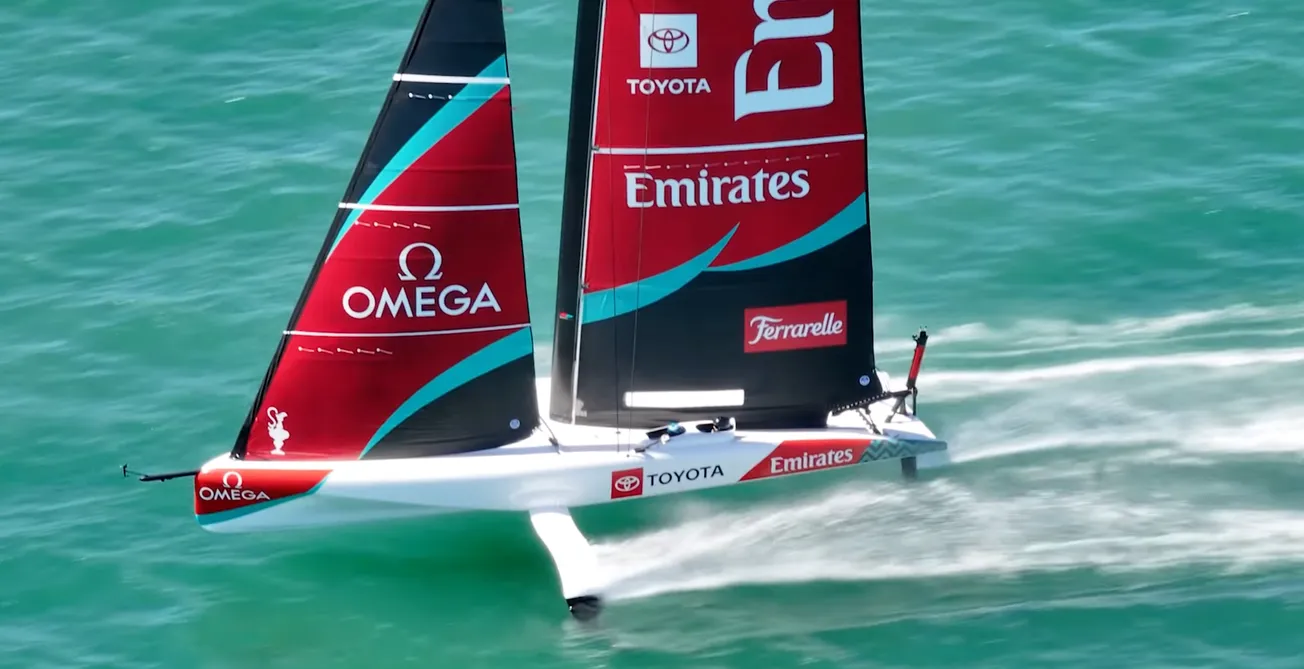
Racing Roundup #022
Our weekly curated digest of the latest news and stories from across the yacht racing world.

America's Cup Defender hard at it in Auckland
As 2025 draws to a close, Emirates Team New Zealand are not winding down for the holidays just yet. Instead, the Hauraki Gulf has become the stage for high-intensity internal competition, with the team maximising their time on the water with two-boat racing in the AC40s.
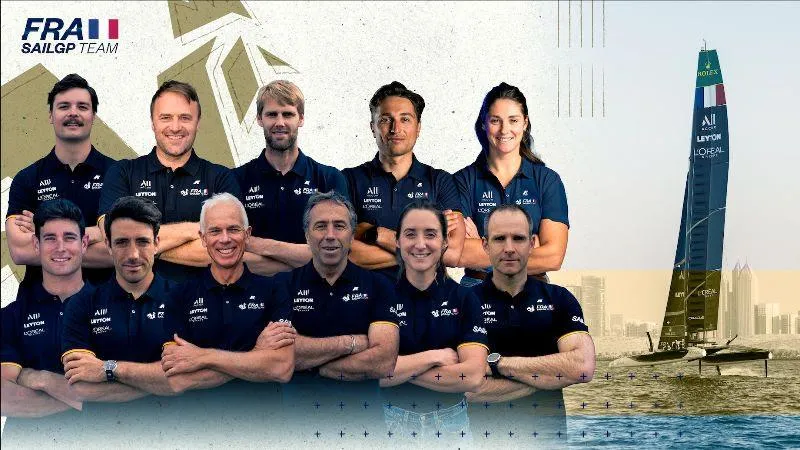
France SailGP team beefs up in all areas ahead of Season 6
After a 2025 season rich in lessons learned and steady progress, finishing in a solid fifth place, the French SailGP team is entering a new cycle with a clear goal: to transform the solid foundations into even stronger results in an increasingly competitive and professional championship.
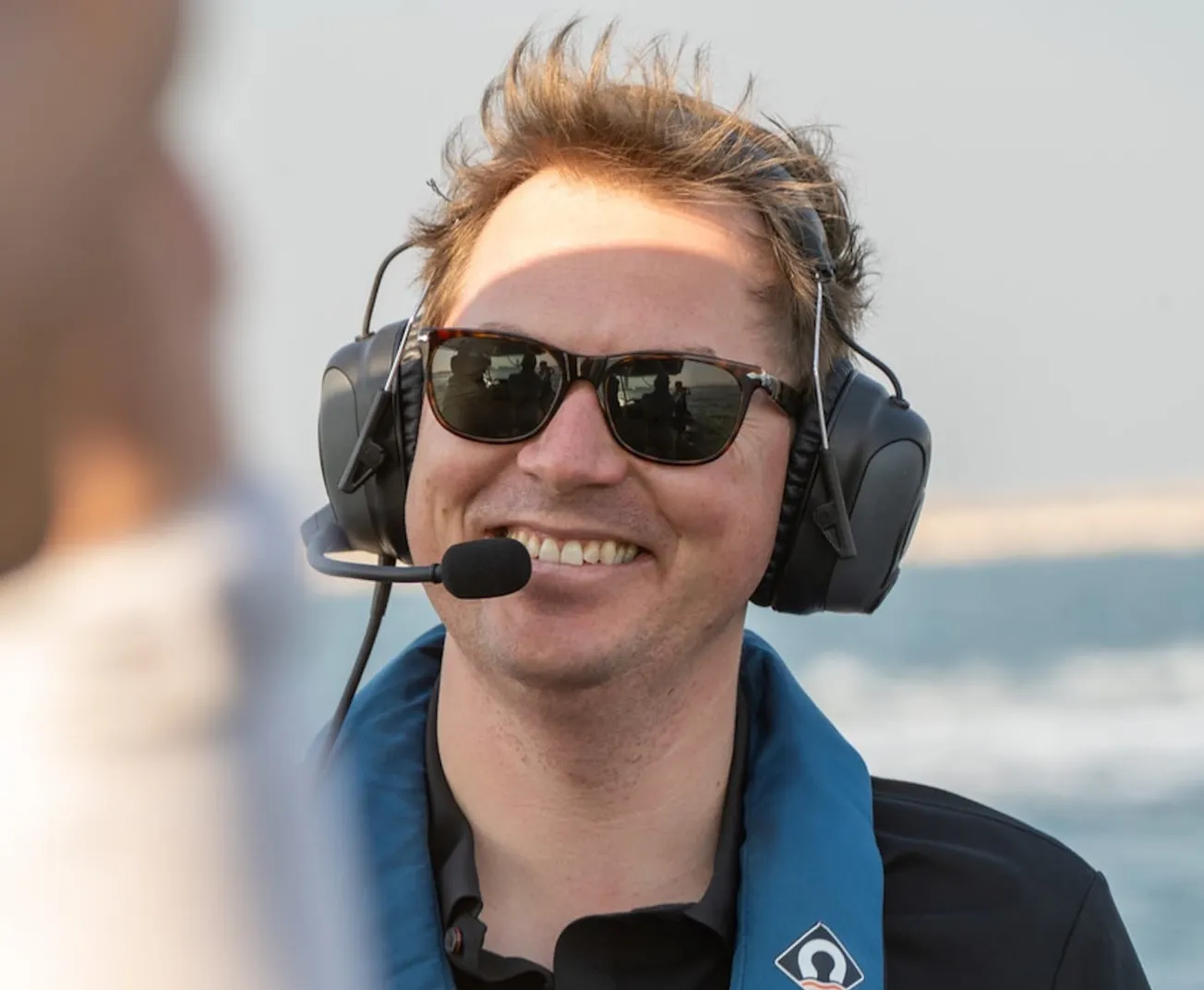
Podcast: NorthStar SailGP Team CEO Phil Kennard
Phil Kennard's career has taken him from Olympic campaigning, to roles in Formula One and the PGA Tour, before a return to the world of sailing with SailGP as CEO of the Canadian team NorthStar.


